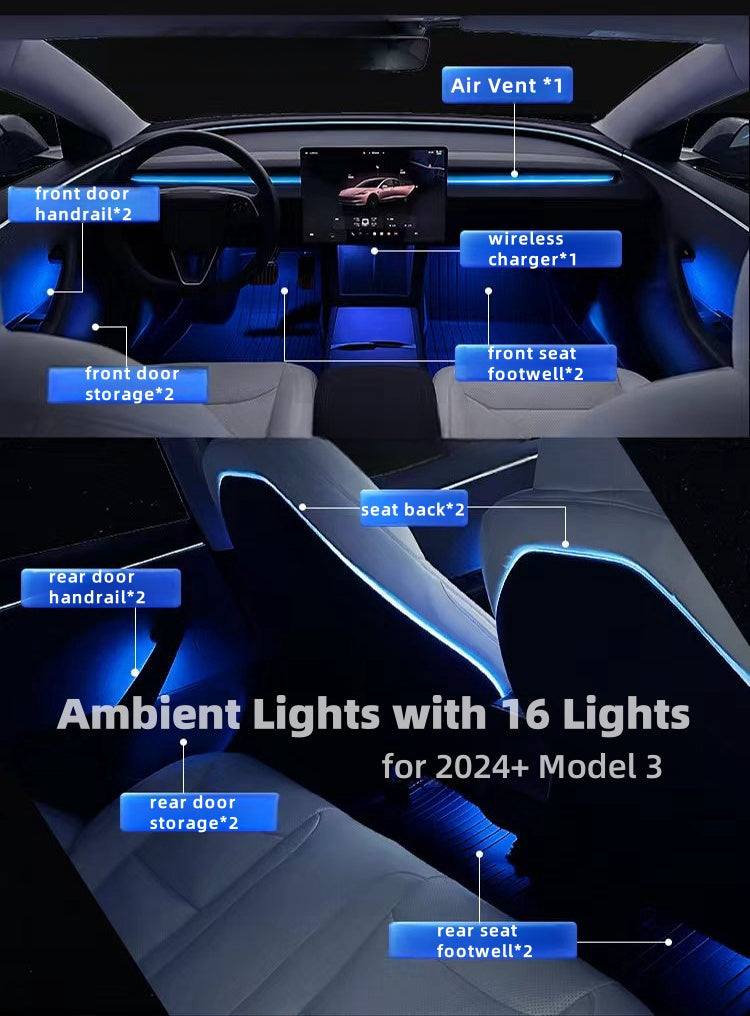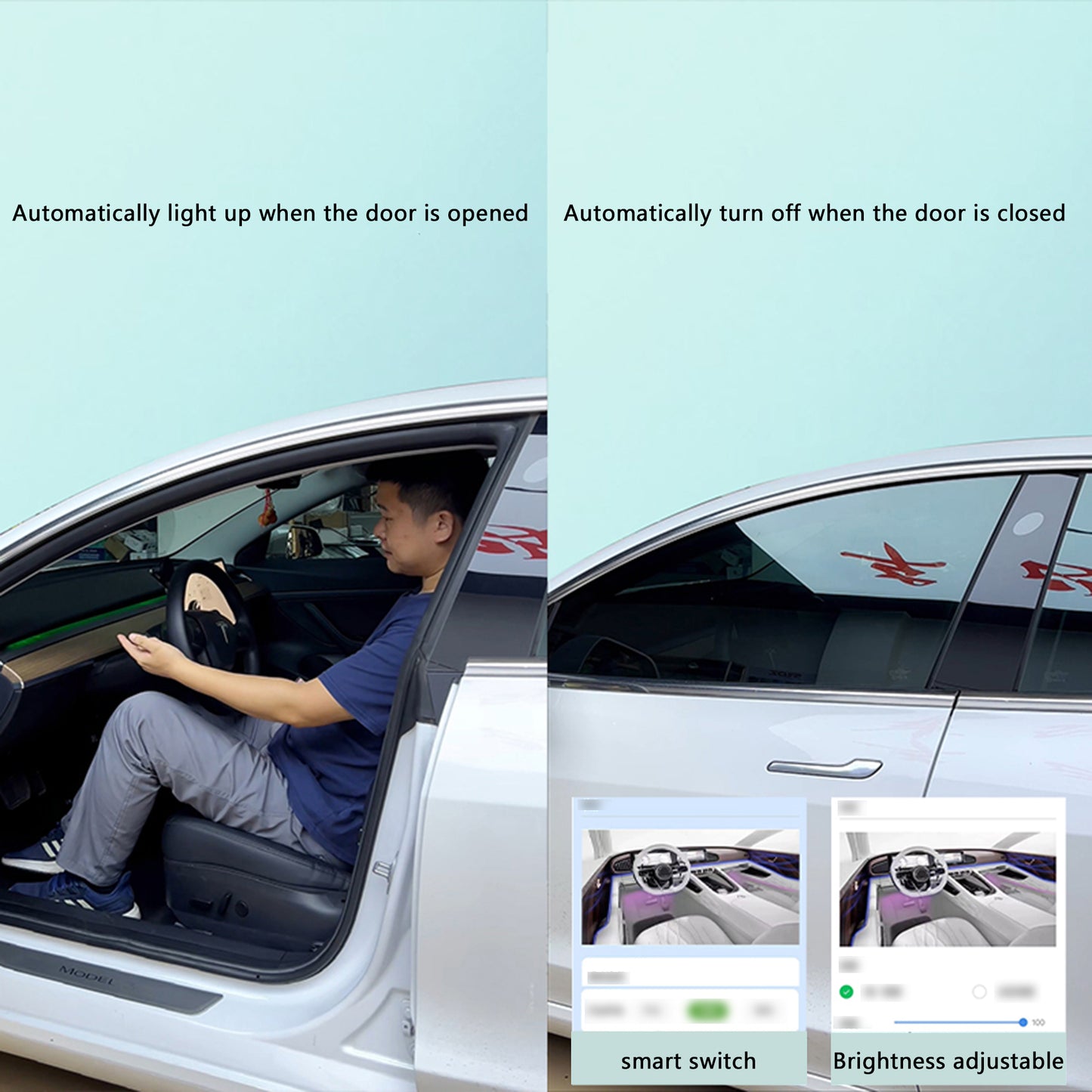
ARK Invest's Bold Prediction: Tesla's Growth Trajectory Still Soars
Debunking Doubts: ARK Investment Management Stands Firm on Tesla's Future. Is Skepticism Warranted or Should We Trust the Trajectory?
By now, it's widely acknowledged that Tesla CEO Elon Musk's recent statements have likely contributed to a significant drop in the company's stock value. His somber and disheartened tone during the Tesla Investor Relations (IR) call, coupled with Q3 earnings falling short of expectations, has prompted numerous inquiries regarding Tesla's financial outlook for the coming years.
At that time, I pointed out that investors had valid reasons for concern. However, I also noted a glimmer of optimism regarding Tesla's future. While Musk emphasized the need to 'manage expectations for the Cybertruck,' citing that although it's a remarkable product, it will take between a year and 18 months before it becomes a substantial positive cash flow contributor. Isn't this prudence a sign of newfound maturity for a CEO who has historically promised the moon and delivered progress in measured increments?
I'm not alone in scrutinizing the IR call transcript and finding grounds to have faith in Tesla's potential. In fact, an article this week by Tasha Keeney, Director of Investment Analysis and Institutional Strategies at ARK Invest, asserts, 'Despite its current challenges, we remain firm in our belief that Tesla is years ahead of the competition.'
Hmmm. What exactly do Keeney and her colleagues at ARK see that instills such confidence in Tesla's potential?"
In April, Musk unveiled certain specifics about the Cybertruck, with further elucidation available in the company's Master Plan 3. We now have confirmation of the Cybertruck's commercial debut set for November 30. However, Musk has issued a candid warning to investors, asserting that the subsequent scaling of volume production will be a 'tremendous challenge.'
ARK's Keeney asserts that 'Tesla has amassed extensive experience in navigating demanding volume production ramps.' Indeed, she highlights that everything from window seals to the construction of second-row seats posed obstacles for the company during the Model X production, as acknowledged by Musk in 2016. 'There was an element of overconfidence with the Model X,' he conceded, 'We went too far in engineering the car.'
This overconfidence with the Model X evokes memories of the Model 3 ramp, which Musk later acknowledged as descending into 'production hell.' In 2018, CleanTechnica's Steve Hanley reminded our readers that, 'For Tesla, every day is a voyage into uncharted territory.' Steve pondered, 'In some aspects, it is a casualty of its own triumphs.'
Perhaps this insight remains prescient and still holds true when anticipating the Cybertruck. As Keeney observes, 'Initially praised for its pledge of a straightforward, cost-efficient design, the Cybertruck now appears to be confronting manufacturing intricacies that are catching investors by surprise.'
The Pickup Truck Paradigm: Tesla's Cybertruck and the Quest for a New Frontier
In the US, the pickup truck segment stands as a bastion of profitability and consumer demand, often evoking strong emotional connections. It serves as a counterbalance to feelings of vulnerability, projecting an image of power through its bold design, characterized by oversized fenders and tires exuding an aura of robustness. According to Reuters, the Cybertruck is poised to take on contenders like Rivian’s R1T, Ford’s F-150 Lightning, and General Motors’ Chevrolet Silverado EV in the fiercely competitive arena of electric pickup trucks. The Cybertruck, with its avant-garde aesthetics, deviates from conventionality, offering a stealthier alternative. But is this deviation a drawback? If not, the lingering question remains: can investors hold out for its launch and eventual profitability?
Keeney astutely acknowledges the distinctive production challenges the Cybertruck is currently grappling with. She notes, 'With components unlike any found in other Tesla models, its costs are likely to surpass initial expectations in the short term.'
The Cybertruck's groundbreaking design served as an early indicator of Tesla's intent to carve a fresh path into the pickup truck market, presenting a vehicle seemingly plucked from the realms of science fiction. Its distinctive features, such as a ground clearance of 16 inches, a front angle of approach at 35 degrees, fortified body and glass, versatile power options, and integrated air compressor, set it apart from its counterparts in the trucking realm. These exceptional attributes, however, have also presented challenges from the conceptualization phase all the way through development, pre-production, production, and the impending distribution phase.
Keeney candidly states, 'Despite its current challenges, we maintain our belief that Tesla is years ahead of the competition in producing cost-effective vehicles.'
In March, Tesla's engineers declared their intention to halve assembly costs in future car generations. The company aims to achieve this by leveraging innovative manufacturing techniques and employing smaller-scale factories. According to CBS News, Franz Von Holzhausen, Tesla's design chief, explained that the cars would be constructed in smaller modular units, which would then be integrated. The forthcoming electric powertrain factory might be only half the size of the recently constructed Austin facility, yet cost 65% less. 'This also means we can establish multiple factories simultaneously,' noted Tom Zhu, head of Tesla manufacturing.
Moreover, given our penchant for instant gratification in the Western world, it's easy to overlook that as recently as June, the automotive industry was abuzz with the news that Tesla had committed to gradually opening its Supercharger network to non-Tesla electric vehicles. At the time of writing, General Motors, Mercedes-Benz, Nissan, Hyundai, Kia, and numerous other automakers and their brands have all announced a shift to what is now known as NACS — the North American Charging Standard. This was a significant development, and the market responded positively to Tesla.
Furthermore, it's worth noting that the more widely accessible Tesla models have seen a reduction in price over the past couple of years. The 2023 Tesla Model 3 now kicks off at $40,240 for the base variant with rear-wheel drive, offering an impressive maximum range of 272 miles. And this is before factoring in potential rebates and subsidies.
Keeney concludes the ARK article by envisioning Tesla's potential, intricately linked to its development of 'one of the world's most powerful supercomputers.' Tesla's brainchild, Dojo, is a supercomputer exclusively dedicated to AI machine learning, unveiled at AI Day 2021. It harnesses Tesla's in-house designed chips, its robust infrastructure, and video data sourced from Teslas globally to refine its neural network.
'This,' Keeney elaborates, 'coupled with its seemingly insurmountable lead in real-world driving data, should pave the way for autonomous driving.'
Indeed, the Dojo network stands as a crucial pillar in Tesla's quest for machine vision technology to drive its Full Self-Driving (FSD) system. Projections suggest that by October 2024, the company's computational capacity will hit a staggering 100 exaflops. (For context, an exaflop represents a measure of performance for a supercomputer capable of executing at least one quintillion floating-point operations per second.) Through Dojo, Tesla aims to elevate its capacity from approximately 14,000 Nvidia A100 chips to the computational equivalent of around 300,000 A100 chips.
“In our view, Tesla will continue to lead the world into autonomous electric transportation,” Keeney ends.
Final Thoughts
While autonomy is pivotal to Tesla's potential, it's crucial to recognize that the company's foundation rests on the viability of its Full Self-Driving (FSD) system. Tesla's vertical integration stands as a linchpin to its triumph. It encompasses far more than an inventory of vehicles — we must also consider the company's capacity to seamlessly incorporate renewable energy generation and storage into structures, even enabling the empowerment of entire communities. This truly sets Tesla apart from other automakers and holds substantial value for its stakeholders.
Certainly, it didn't hurt matters this past weekend when Musk made his entrance to the Formula One race in Austin behind the wheel of a Cybertruck. Enthusiastic fans cheered, chanting 'Elon, Elon, Elon' as the consummate showman attempted to make his exit.
--------This article is partly excerpted from The Motley Fool.














